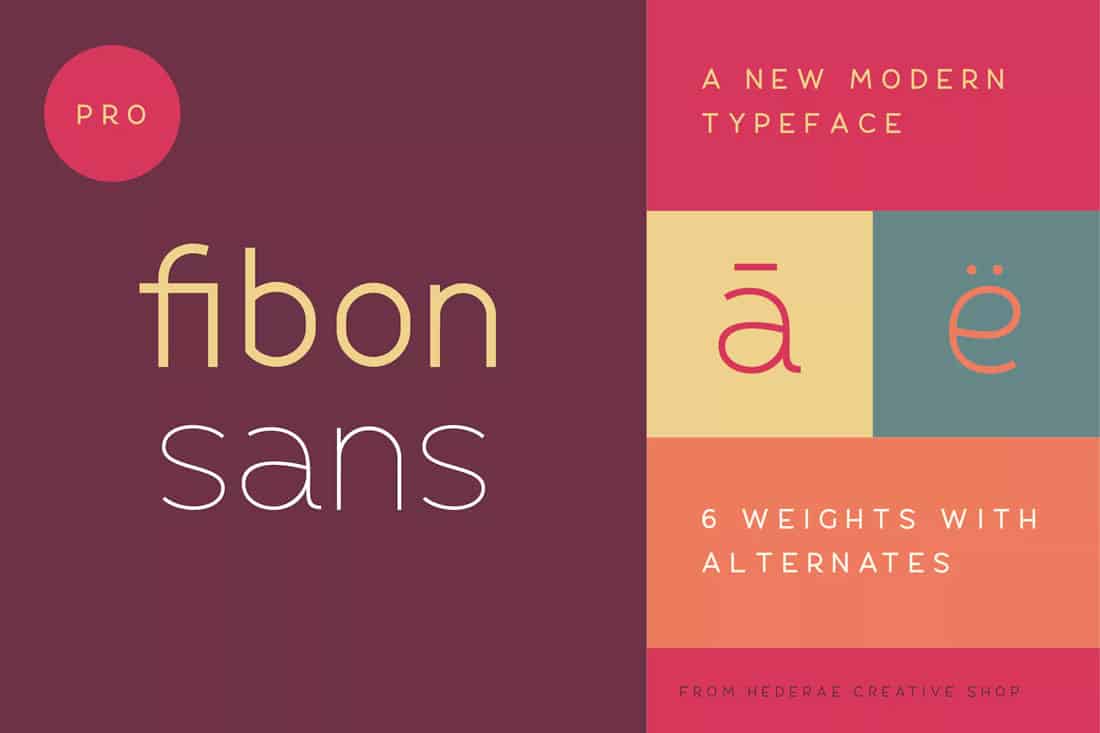

Additionally, is the typeface you have in mind available to use on the web? Does the typeface have a family of different line weights and styles that could be used to provide differentiation? It is important for a typeface to be versatile. It is also important to consider your client, their budget, and the cost of different typefaces. We consider the x-height, cap height, ascender and defender height, counter shapes, cross strokes, and ligatures just to name a few. When looking at different type options and pairings there are many details to compare. San serif typefaces are often used to convey modernism, simplicity, or minimalism. Some sans serifs are geometric, while others combine organic and geometric features. The stroke width of sans serif typefaces tend to me more uniform, with minimal contrast between thick and thin strokes.
#Transitional serif typeface mac
The sample sans serif fonts used below are Myriad (basic default Mac sans serif typeface) and Bunday Sans a new typeface designed by Buntype. The pink circles below highlight the lack of details at the end of each stroke. Sans Serif typefaces are clean with crisp lines, they do not have extending details called serifs or feet at the end of each stroke. We will cover each of these serif sub categories in more detail in an another post. A slab serif have heavy slab or rectangular serifs, often implying a stamp of approval. The Modern serifs have extreme contrast between thick and thin line strokes, think of the Vogue logo. Transitional serifs are between Old Style and Modern. Old Style is characterized by minimal line contrast and often the thinnest parts of letters (the stress) are at an angle. There are many different serif typeface subcategories. įrom these two samples you can see there are variances in different serif typefaces. The serifs (feet) and line weights can give these typefaces a sense of stability and being grounded. Sample serifs or feet are circled in the sample of the serif typeface of Fissile and Times below. Defining a Serif TypefaceĪ serif is the right-angled or oblique foot at the end of a stroke.

Some studies, however, suggest that readers actually prefer san-serif font when reading at length.What’s the difference between a Sans Serif and a Serif typeface? Here’s a basic visual introduction to help you describe different styles of type. Legibility: As mentioned previously, serifed type styles were designed mainly with readability and accessibility in mind.Casualness: If you would like your garage sale flyer to look more like a simple sign to post and less like you're nailing Martin Luther's 95 Theses onto every telephone pole in your neighborhood, a sans-serif font is probably the appropriate choice.There is peace to be found in simplicity. Cleanness: Sans-serif fonts are perfect when you're trying to keep your layout minimal, giving the viewer plenty of room to breathe as they take in your design.A few of our favorite reasons to love sans-serif fonts for graphic design: If you happen to be somebody who prefers something with a little less fanfare, there are countless sans-serif fonts to choose from. It all depends on what you like and what you're trying to go for. Some stay away from serif typefaces because they look "old-fashioned" many graphic designers prefer a slightly sleeker look for their work. Slab serif fonts were their way of giving hungry consumers something fresh and new to look at. Slab SerifsĪs commercial print media first caught fire in a modernizing world, the graphic designers of the day needed to find some way to distinguish their layouts from the rest of the crowd. Known for their delicate restraint and subtlety, these fonts tend to favor vertical stroke weight made bolder through the use of hairline serifs.ĭidone fonts can evoke a range of feelings, from the cryptic and the archaic vibe of an old, hand-drafted map to the traditional omnipotence of an aged book on legal jurisprudence. Didone Fontsĭidone serif fonts can be considered something like the little black dress of typography. It is at this point in time where we begin to see these typefaces take on more weight in their vertical strokes, evolving beyond the more uniform and regular foundation that old-style fonts had already established. This family of fonts represents the period of time separating old-style and modern serif fonts.


 0 kommentar(er)
0 kommentar(er)
